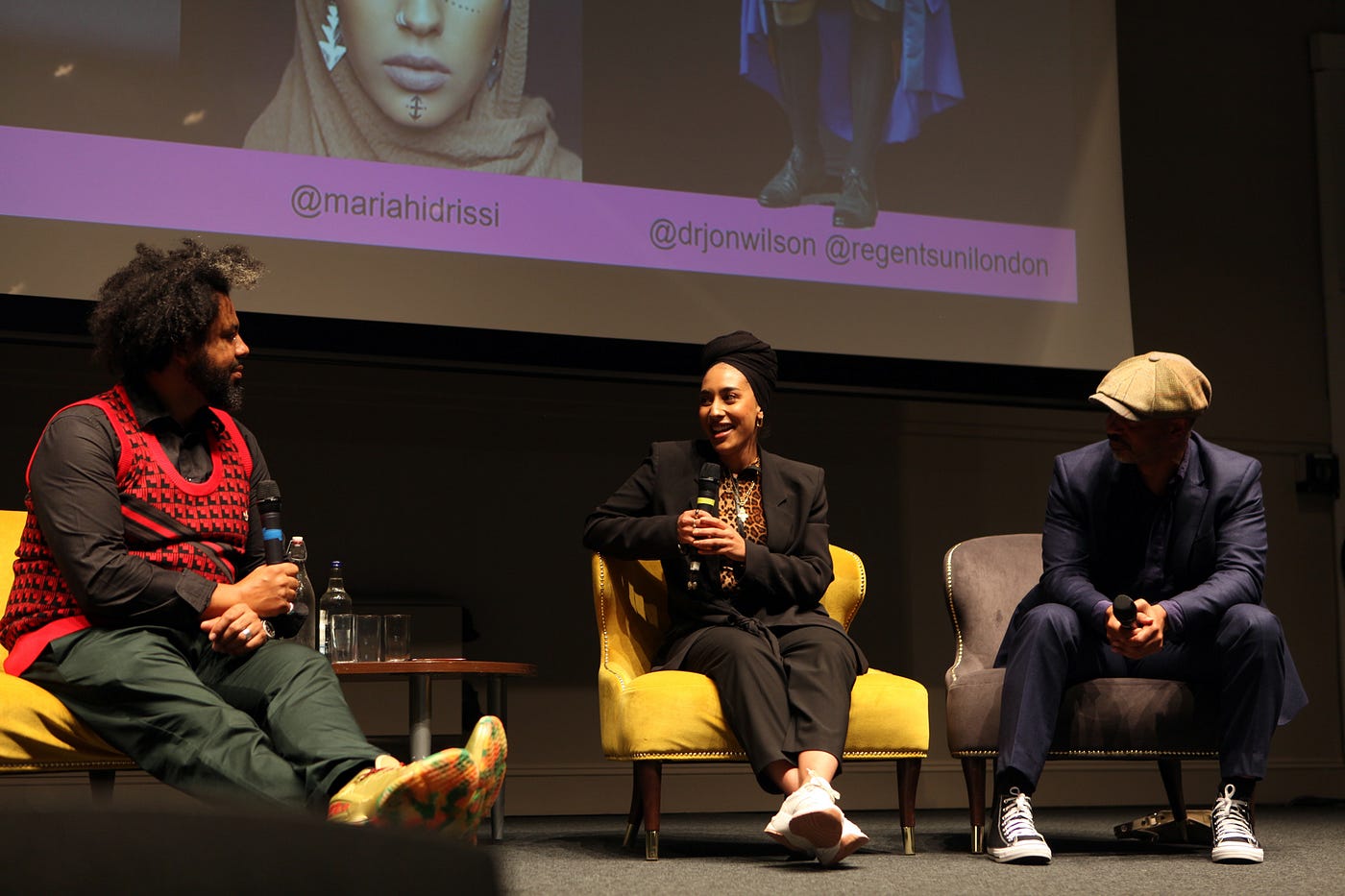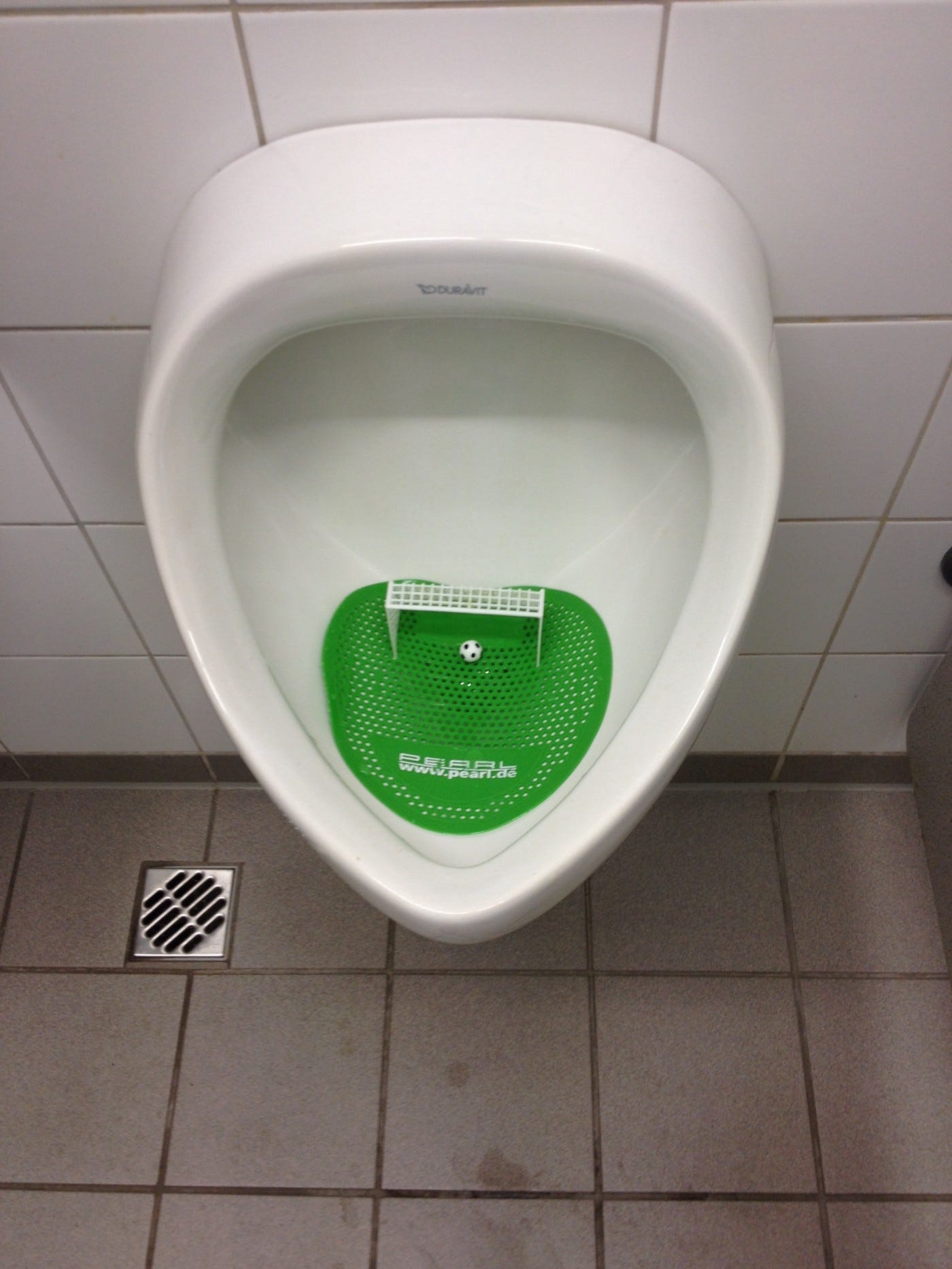
They appear to be similar, and are interchangeably used. Make a difference proposes a disequilibrium to the status quo. Change is ensuring that difference remains.
The phone call from a wonderful man from the British Library was welcomed, but I was anxious. I had previously been given a brief to write about journalism and its challenging space in 4000 words, but was now being asked whether I could drop that idea to write about Black Lives Matter.
Yes, is it because I am Black surfaced; I might have even articulated it with a half smile. I needed time to think about it. I am versatile; I’ve been a journalist/ producer and artist/creative for thirty years. As a writer I seek to explore new challenges. After some thinking, and a framework being agreed, I said yes.
The journey of BLM is perhaps well known, but deep inside their psyche, I would learn, were the proponents of change from history — principally Malcolm X and Dr Martin Luther King.
The two are often pitted as a ying and yang, but there’s was a common goal, being sought from different sides. It was about change. Thus they welcomed into their fold many different groups, people etc. There was no boundary to be observed.
Life, is a supply chain of challenges and interactions to accomplish a goal. Against the rub it’s easy to become insular. Each to their own issues. A renewed push on Diversity Inc however begs that supply-side canvas is attended to — big time.

I’ve explained in the past how Diversity and inclusion was introduced into the fold in the US in “How a Million Pound Racial Discrimination case created a Diversity and Inclusion Industry built on Sand”. All was not well.
The word “supply chain” was perfectly articulated by Dr Carlton Brown PhD,MBA,PGDiP in a conversation we were having. Brown is behind one of the UK’s most tantalising entrepreneur conferences bringing together empowering speakers of colour focusing on creative business and ideas. His last guest line-up featuring the Black Farmer was the talk on the circuit for weeks.
Change needs accelerating
Inthe 1960s change was achieved in various ways from Malcolm X and Dr King, but change required vigilance, constant care, otherwise memories atrophied, and you start all over again. That grand vision towards equality and inclusion — that muscle memory to be built upon is what BLM exposed in the British Library research and book. BLM would harness the ideas of the change makers of the 1960s.
In 2020, precipitated by a number of horrendous acts of violence, a platform for everyone to participate, share their thoughts surfaced. The renewed Diversity Inc was the injustices and solution-inclusive; Malcolm X and Dr King. Times had moved on. The conversations around inclusion and change have become more sophisticated. Yes means No, language use is more subtle, more easily manipulated. I lived in Apartheid South Africa. There, under a discredited system you knew where you stood.
The new figures behind BLM added something in the supply chain in which diversity was, should be a constant, but it’s muted. The widening space and tools to story tell. Not the act of simply telling stories, which in itself is powerful, but the psychology and strategic workflow involved that makes them land. Powerful narratives that ooze from multi-hyphenated change makers linked together and pulling in person after person.
As Meghan Markle, Duchess of Sussex, would echo, “Does it make more sense to hear the story from us”
In weeks ahead I’m going to be chairing a panel, around driving deeper diversity. Sarah is the deal maker. It’s how as a framework there’s a large network effect to be adopted, and that positioned in your network are different disciples of change, and as a group or organisation, it acts as Jude Kelly CBE would refer to, as viruses. Good virus. Infect people with your ideas, she told us; I was one of her artists in residence at the Southbank Centre.
In practice that means on the supply chain, there’s a strategic conveyer belt to connect with all towards goal-orientated purposes. Take this as an example, I said to a friend, if you want to revolutionise conferences, they’d be minutes of inspiration followed up with audience members receiving knowledge about how to implement those inspiring moments.
On that supply chain, connect with purpose, network across a facilitated floor to create, be bold with a vision, make an impact, tell the multiple stories and then draw further people in.
If you look towards the Sir Lenny Henry Centre for Media Diversity, just three years old, its multiple approach and research, nourished by years of innovation activism by its founders, Prof Diane Kemp, Marcus Ryder, and Sir Lenny Henry, embodies a viral approach to change.

They publish a journal, Representology, which I was a part of the co-founding trio. It’s storytelling. It’s bold. Three years earlier a friend and I brought 57 of the leading UK TV makers together for an exhibition and book, seen here by Marcus Ryder MBE and Baroness Lawrence at the Mayor’s building. Different idea, but same marquee-asset on the supply chain belt.


It brought a spotlight on achievers and its currency meant this year at Creative Clwstwr in Wales it surfaced. I’m looking to loan it out through discussion.
Making a difference is difficult, enacting change is sustainably more challenging. From presenting Black London in the early 90s, working with Jon Snow in the late 90s, to cofounding a journal Representology with Sir Lenny Henry’s Centre for Diversity, et al, I, like you see differences I’ve been involved in.
As a father of two creative sons, one a character rigger, the other a dancer who was the winner of the collaboration award at the BBC’s Young Dancers 2022, I’m full of praise for their ability to connect and push ideas forward fearlessly, to traverse this landscape of diversity with selflessness which appears indicative of the Gen Z, millennium Gen.
But it isn’t lost on me and others as parents, guardians, mentors and supporters, there’s many things us the “squeezed middle” can offer, knowledge, wisdom, strategies, the memories of how it was once done, but would no longer be effective.
We can do it alone, and many of us do. Otherwise like BLM there’s an embrace to a network that exists beyond them walls which eventually coalesce into larger ideas, and a movement, and that’s what drives greater change.




